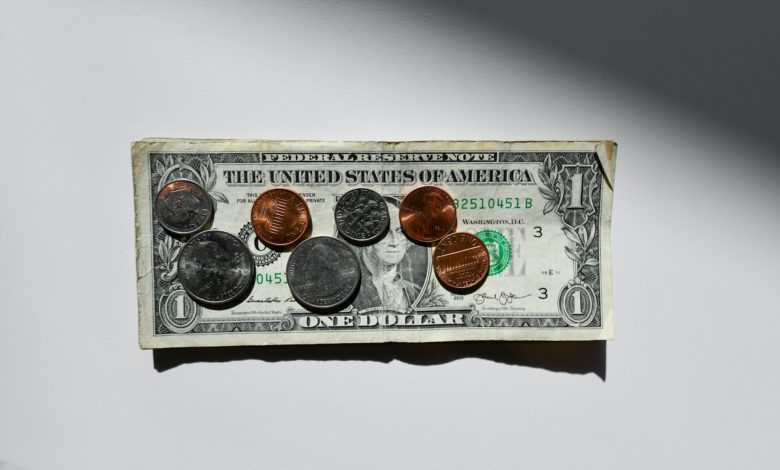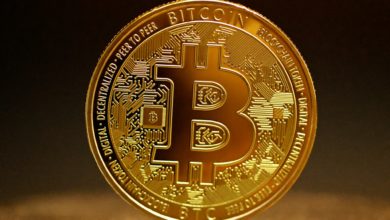April Inflation Breakdown: Food, Shelter, and Medical Care Pinch Consumers’ Wallets

Inflation cooled in April, providing some relief for households after months of stubborn price increases. The Consumer Price Index (CPI) rose 2.3% over the past year, easing from March’s 2.4% increase and marking the smallest annual gain since February 2021. On a monthly basis, consumer prices were up 0.2%, a modest deceleration that could signal stabilization — even as certain key categories continue to weigh on consumers.
This cooling inflation print offers tentative reassurance that price pressures may be gradually retreating. Still, elevated costs for essential goods and services, including housing, food, and healthcare, continue to strain many household budgets.
Food Prices: A Mixed Bag for Grocery Shoppers
Grocery inflation showed signs of relief in April, with prices slipping 0.4% after rising 0.5% in March. Some of the most dramatic declines were seen in eggs — down 12.7% from March — and other pantry staples like breakfast cereal and hot dogs.
Despite those improvements, sticker shock remains. A dozen large Grade A eggs, while cheaper than last month, still cost $5.12 on average — far higher than $2.86 a year ago. Beef prices also remain elevated, with ground beef averaging $6.14 per pound, up 10% year-over-year, and steak prices 7% higher. Dining out remained costly, with restaurant prices climbing 0.4% month-over-month and up 3.9% over the past year.
Healthcare Costs Continue Climbing
Medical care expenses are steadily rising, adding another layer of financial pressure. Medical services were up 0.5% in April and have climbed 3.1% over the past 12 months. Hospital services and nursing home care increased 3.6% and 4.6%, respectively, on an annual basis.
Prescription drug prices also edged higher, rising 0.4% from March and 2.3% year-over-year. Meanwhile, health insurance costs rose 0.4% on the month and 3.3% from a year ago, reflecting persistent increases across the healthcare sector.
Housing Costs Remain Sticky
Shelter inflation, one of the most persistent components of the CPI, rose 0.3% in April and remains up 4% compared to last year. While this marks a slower pace than the surges seen earlier in the pandemic, the climb in rents and housing costs continues to weigh on household budgets.
However, there are signs of relief ahead. A boom in multifamily construction is beginning to flatten rent growth in several markets, and home price appreciation is easing from its pandemic-era peaks. These shifts could gradually cool shelter inflation in the months ahead.
Transportation Trends: Cars Flat, Gas Prices Dip
After years of price spikes, vehicle costs are starting to level out. Used car prices fell 0.5% in April and are up just 1.5% from a year ago. New car prices remained flat month-over-month, suggesting that auto dealers may be absorbing the impact of President Trump’s tariffs to avoid passing costs on to consumers.
Meanwhile, drivers got a slight break at the pump. Gasoline prices dipped 0.1% from March and are down a notable 11.8% compared to last year. As of May 13, the national average stood at $3.16 per gallon — well below the $3.62 seen a year earlier.
Looking Ahead
Despite the modest improvement in April, inflation remains above the Federal Reserve’s 2% target. The impact of President Trump’s tariffs — which have fluctuated in scope and intensity — may not be fully visible in the latest data and could influence future inflation readings.
With economic uncertainty lingering, especially around trade policy and its ripple effects, the Fed is widely expected to keep interest rates steady in the near term. Markets and policymakers alike will be watching closely to see whether this downward trend continues or if fresh pressures emerge in the months ahead.




